Cosmetic acne: causes, prevention and treatment
Acne cosmetica is caused by using cosmetic products that clog the skin, which leads to acne breakouts. Learn how to prevent and treat this type of acne.
Table of Content:
Causes of cosmetic acne | What does it look like? | How to prevent it and get rid of it? | Treatment | How to clean makeup brushes | Ingredients that cause acne cosmetica
Our commitment to producing high-quality content:
The information presented in this article is based on scientific research and the professional advice of our Content Medical Reviewers, who are experts in the field of Dermatology. How we write our content →
What is cosmetic acne?
Cosmetic acne (which is different from pomade acne) is a type of acne characterized by persistent mild breakouts that occur due to the fact that sebum and comedogenic substances in cosmetics clog pores and irritate the skin leading to the development of comedones (blackheads and whiteheads) and papules (red bumps)1.
Using makeup with oily substrates, essential oils, or washing the skin too often or with inadequate cleansers (soaps with a pH 8.0) can also lead to the development of this type of acne2. Consult an online dermatologist if you need professional help to help clear your skin.
A study revealed that certain moisturizers and powder/talc products may lead to an increase in acne breakouts and that switching products for as little as three weeks improve the skin’s appearance. The study suggests that the use of cosmetics may have implications on skin health3.
Causes of cosmetic acne
Research shows that the frequent use of comedogenic cosmetics is linked to more acne breakouts4 5 because these products typically contain ingredients such as artificial colors, oils, fragrances, and preservatives that can exacerbate acne-prone skin. These ingredients can lead to the accumulation of sebum and dead skin cells within the pores, resulting in the formation of comedones and acne lesions. Additionally, the use of occlusive products that trap sweat and oil on the skin can also contribute to the development of acne cosmetica.
Besides, the use of makeup brushes or applicators that are not properly cleaned can also contribute to the development of acne cosmetica6.
What does cosmetic acne look like?
Acne cosmetica usually appears as small pimple-like bumps on the face as a result of applying pore-clogging cosmetics. It differentiates itself from other types of acne because it’s a non-inflammatory condition with no redness and swelling associated with acne cosmetica7.
The breakouts are typically localized around face areas where you use a specific product, for example, in the cheeks where you apply blush, bronzer, or around the mouth where you apply lipstick or lip balm.
Consult a Board-Certified Dermatologist Now!
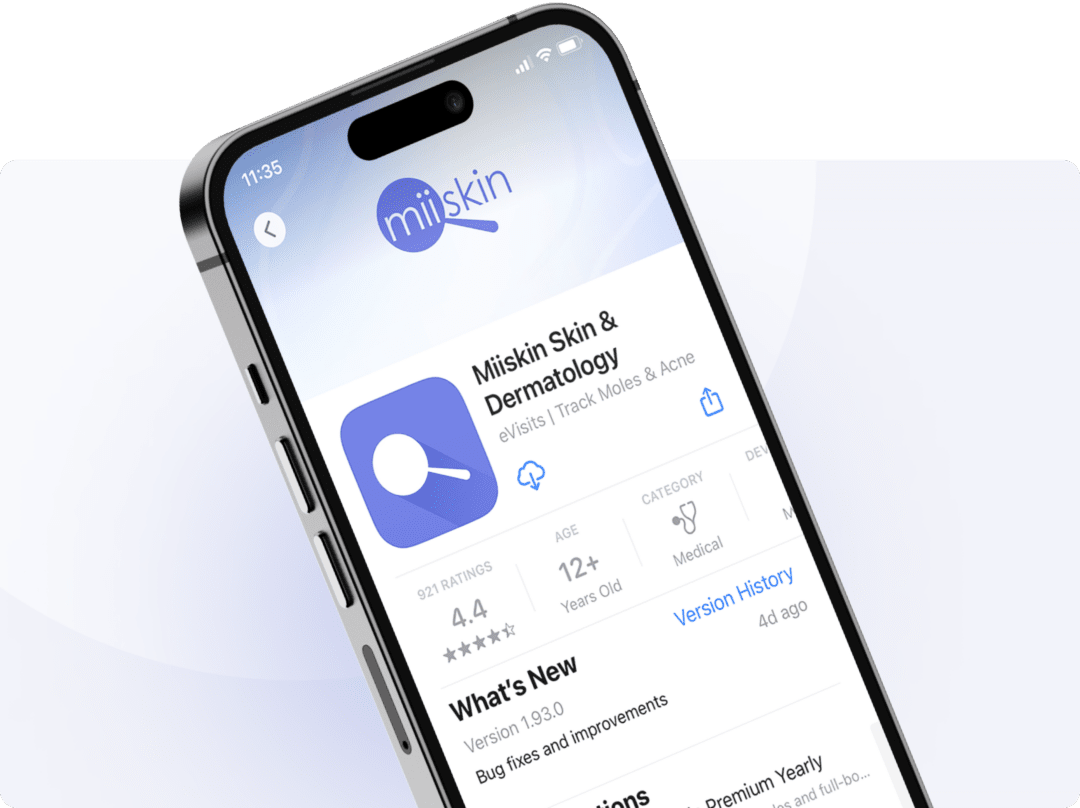
Download the Miiskin app to connect with independent, board-certified dermatologists who are licensed in your state. Answer a few questions, upload some photos and get a treatment plan in 1-2 days. Consultation price is $59 and medication renewals are only $39.
Online dermatology care is ideal for chronic dermatology conditions.
How to get rid of cosmetic acne (or acne caused by makeup)?
According to Marta Teixeira, dermatology nurse, acne cosmetica can be frustrating, but it can be prevented by taking a few precautions. Here are some tips to get rid of acne cosmetica.
- Identify the products that are causing the breakouts. Look for the ingredients that can clog pores and check for how long have you been using them, (see list below)
- Switch to non-comedogenic products labeled “non-comedogenic,” “oil-free,” or “won’t clog pores”
- As a general rule wash your make-up brushes and sponges once per week with shampoo8
- Wash your face every morning and night with a gentle cleanser to remove any makeup and impurities that can clog your pores
- Use a non-greasy moisturizer to keep the skin hydrated
- Avoid touching your face during the day
- Try over-the-counter topical acne treatment such as salicylic and lactic acid or benzoyl peroxide
Cosmetic acne treatment
Consult with a dermatologist if your acne cosmetica is severe or does not respond to over-the-counter treatments. They may prescribe stronger topical treatments or oral medications to help treat your acne.
Remember that preventing acne cosmetica is easier than treating it, so be mindful when choosing skincare and cosmetic products to avoid future breakouts and leading to a worsening of this acne type condition.
Need Expert Dermatologist Care?

Get expert advice from a licensed online dermatologist by simply uploading photos from your phone. If needed, a prescription (branded or generic depending on preference) will be sent directly to your favorite pharmacy. Nationwide coverage.
How to clean makeup brushes and sponges?
According to the American Academy of Dermatology, you should never share your makeup brushes and sponges with anyone else and you should wash them every 7 to 10 days to protect your skin and kill any harmful bacteria9.
Tips to clean your makeup brushes
- Rinse the tips of your brushes with warm running water to remove residual makeup. Do not submerge the whole brush head, rinse the tip only, as you can dissolve the glue that holds the brush together with time
- Fill a bowl with warm water and a tablespoon of gentle shampoo
- Swirl each brush tip in the bowl and massage each brush tip in the palm of your hand
- Rinse the brush tips under running water
- Repeat the process until the water runs clear from the brush
- Squeeze out excess moisture with a clean paper towel
- Let your brushes dry flat on a clean towel with the tips hanging off the edge of the counter10
Conclusion
Acne cosmetica is caused by the use of certain cosmetic products that clog pores and lead to the formation of acne. To avoid this type of acne, it is important to choose products that are non-comedogenic and oil-free. It is also essential to maintain a good skincare routine that includes regular cleansing and moisturizing to ensure a healthy skin.
If you do develop acne cosmetica, try to identify the cosmetic product causing the issue and discontinue its use. Seek the advice of a dermatologist if the acne persists or worsens.
Consult a Board-Certified Dermatologist Now!

Download the Miiskin app to connect with independent, board-certified dermatologists who are licensed in your state. Answer a few questions, upload some photos and get a treatment plan in 1-2 days. Consultation price is $59 and medication renewals are only $39.
Online dermatology care is ideal for chronic dermatology conditions.
Article References:
1 https: //jofskin. Org/index. Php/skin/article/view/1289/pdf
2 https: //www. Ncbi. Nlm. Nih. Gov/pmc/articles/pmc7527424/
3 https: //pubmed. Ncbi. Nlm. Nih. Gov/28941014/
4 https: //pubmed. Ncbi. Nlm. Nih. Gov/33206430/
5 https: //pubmed. Ncbi. Nlm. Nih. Gov/23859829/
6 https: //www. Aad. Org/public/everyday-care/skin-care-secrets/routine/clean-your-makeup-brushes#
7 https: //iamj. In/images/upload/1195_1198. Pdf
8 https: //www. Aad. Org/public/everyday-care/skin-care-secrets/routine/clean-your-makeup-brushes
9 https: //www. Aad. Org/public/everyday-care/skin-care-secrets/routine/clean-your-makeup-brushes
10 https: //www. Aad. Org/public/everyday-care/skin-care-secrets/routine/clean-your-makeup-brushes
11 https: //www. Scinapse. Io/papers/2185436907
12 https: //www. Ncbi. Nlm. Nih. Gov/pmc/articles/pmc4025519/
Skin conditions and treatments
Articles written in collaboration with dermatologists
Facial treatment for seborrheic dermatitis
How to get rid of rosacea permanently?
How to calm a rosacea flare-up fast?
Spongiotic dermatitis: What is it and what is the best treatment?
A dermatologist’s guide to psoriasis medication


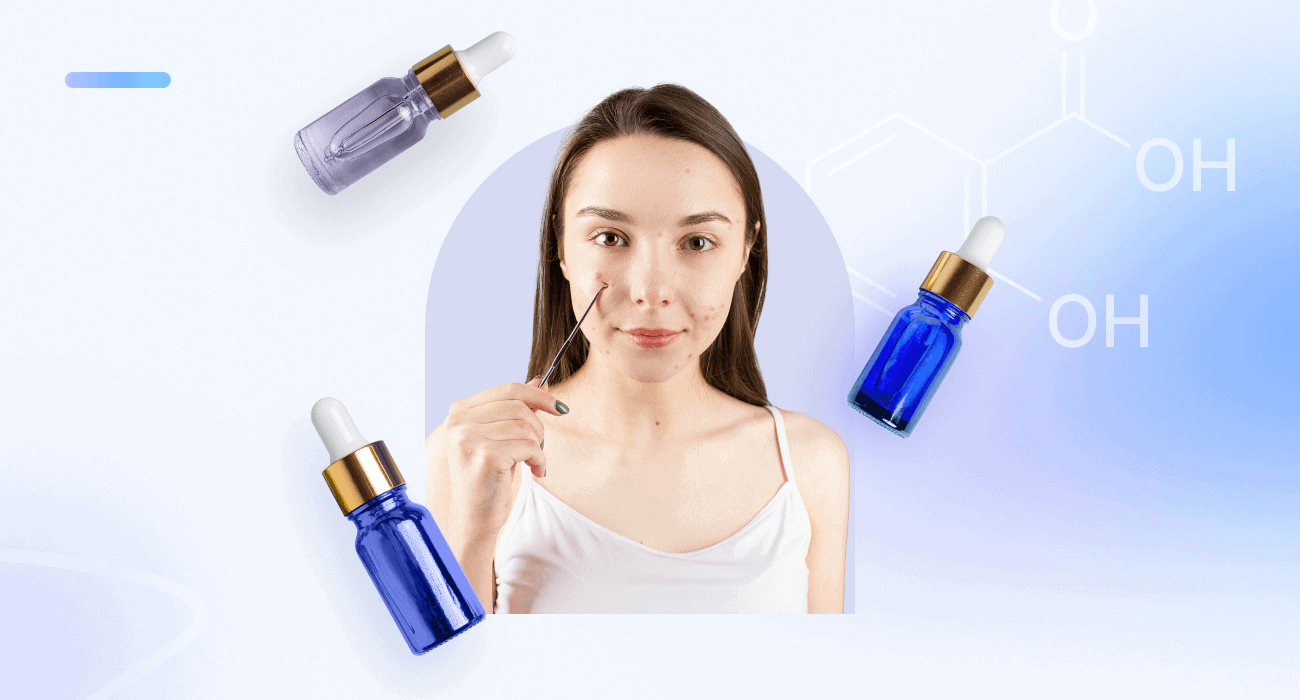
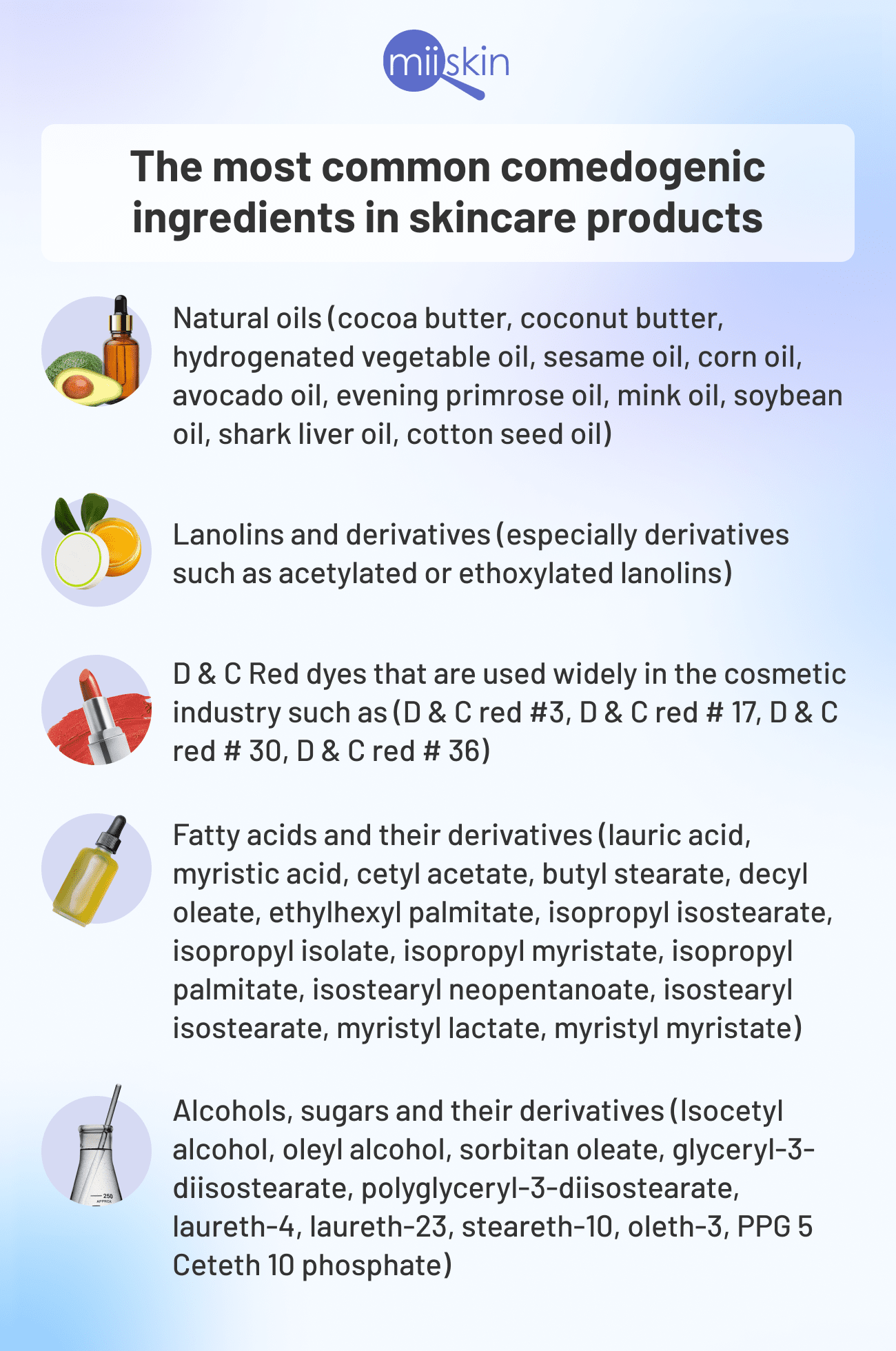
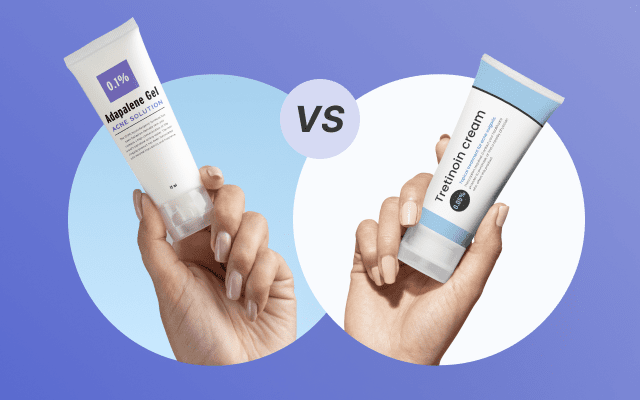
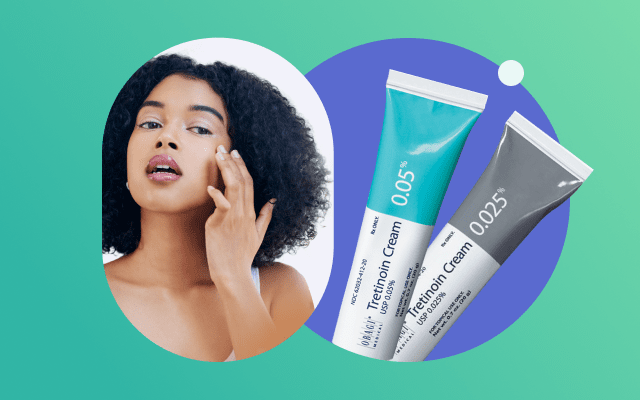
 Request a prescription and get rid of your acne today!
Request a prescription and get rid of your acne today!